In the world of commercial lighting design, creating a visually appealing and functional space goes beyond simply adding lights. One of the most powerful techniques at the disposal of design professionals is the concept of layering light. By combining different types of light sources and levels, designers can add depth, interest, and flexibility to a space, enhancing its overall aesthetics and user experience. In this article, we will explore the fundamentals of layered lighting, its benefits, and how to effectively implement this approach in commercial spaces.
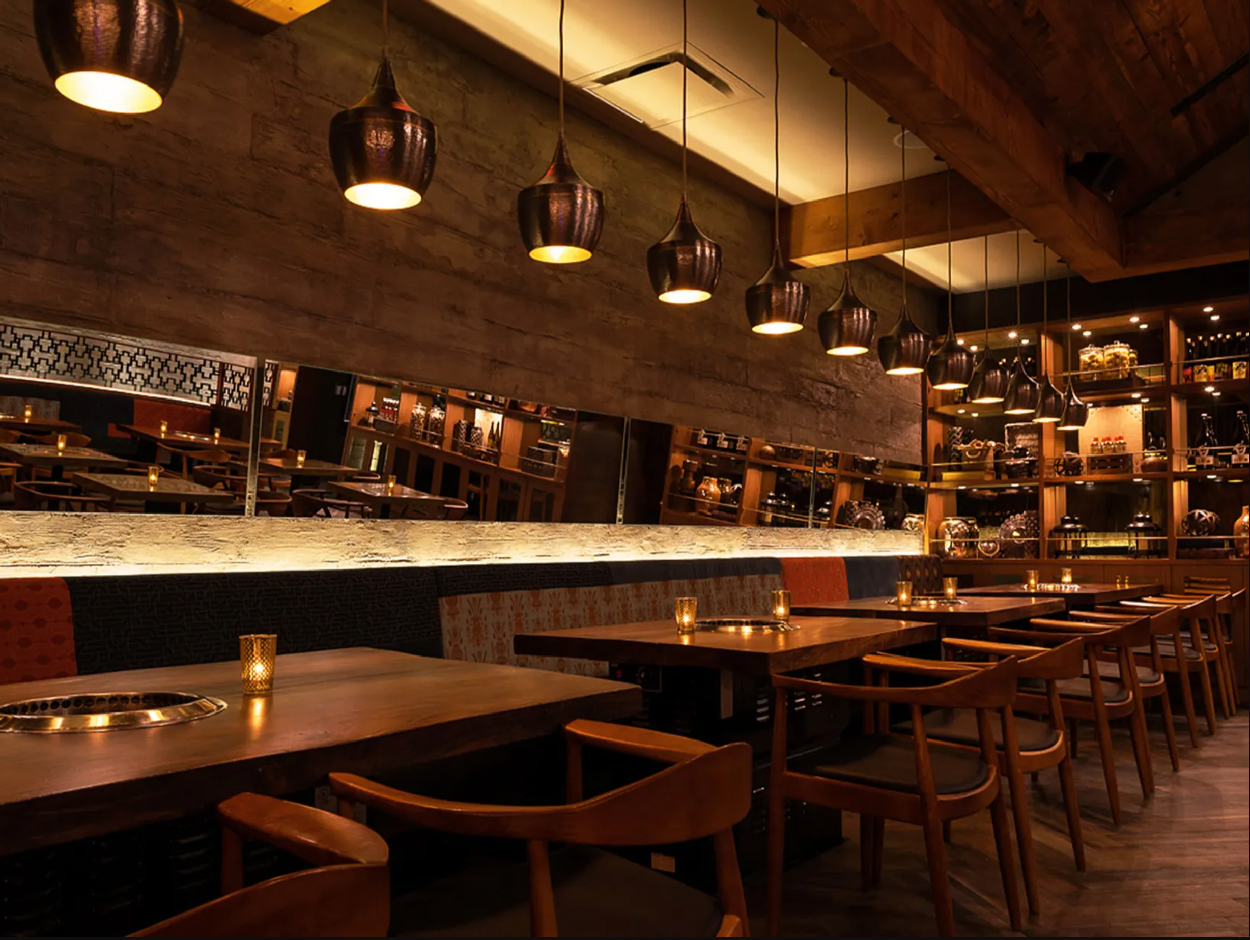
Image: Layered lighting including pendants, table top candlelight, overhead recessed and strip lighting, and linear lighting along the wall in the Drunken Dragon. Lighting supplied by Brand Lighting. Design by Saladino Design Group
The Three Main Layers of Light
Ambient Lighting: This is the foundation of any lighting scheme, providing general illumination and setting the overall tone of the space. Ambient lighting ensures that the space is adequately lit and safe for users to navigate. Examples of ambient lighting include recessed downlights, cove lighting, and pendant fixtures.
Task Lighting: As the name suggests, task lighting is designed to provide focused illumination for specific tasks or activities. In commercial spaces, this could include desk lamps in offices, under-cabinet lighting in kitchens, or display lighting in retail environments. Task lighting should be adjustable and glare-free to ensure user comfort.
Accent Lighting: Accent lighting is used to highlight architectural features, artwork, or other points of interest within a space. By drawing attention to these elements, accent lighting can create visual interest and contribute to the overall atmosphere. Examples of accent lighting include wall sconces, track lighting, and spotlights.
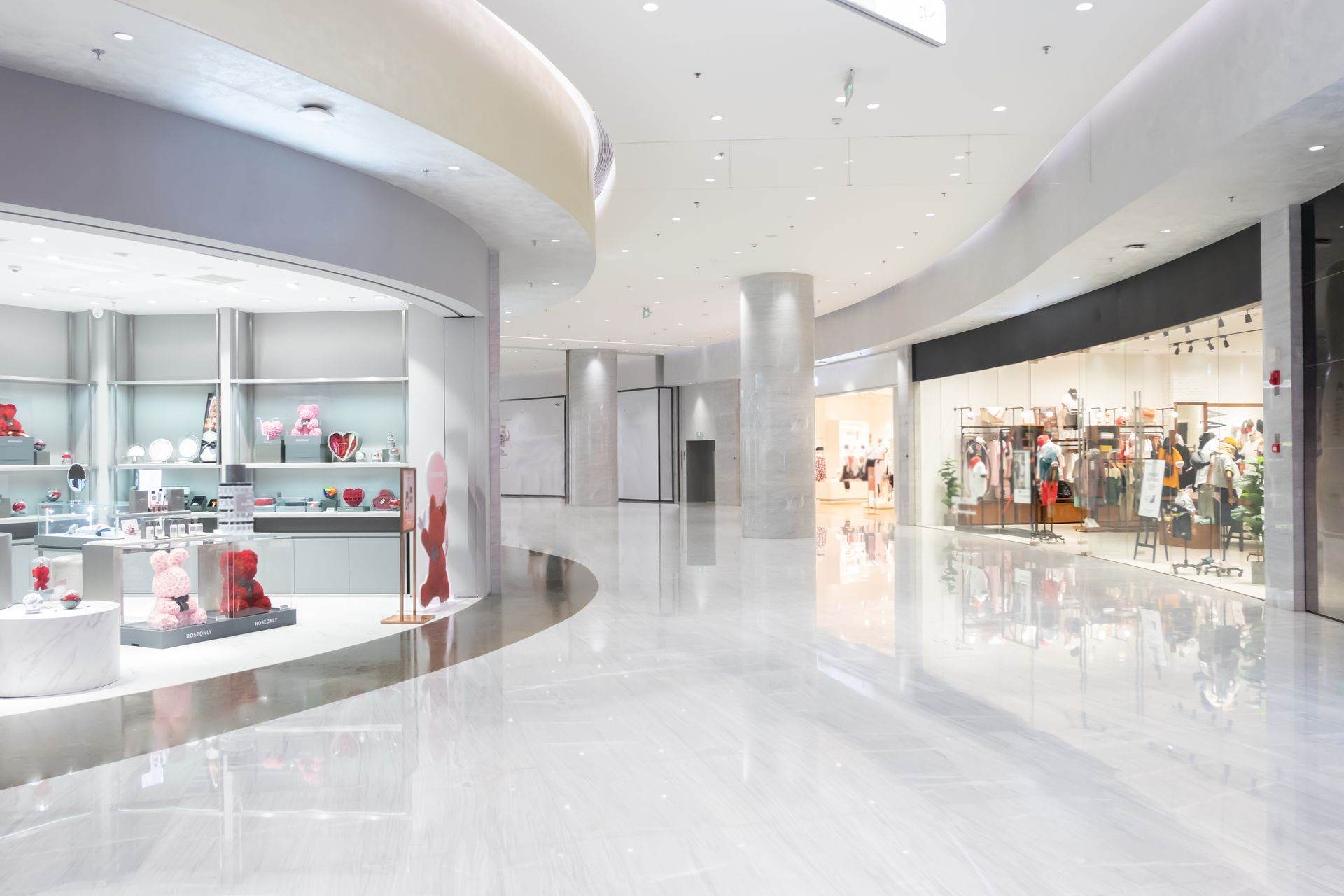
Benefits of Layered Lighting in Commercial Spaces
Flexibility: Layered lighting allows for greater control over the lighting environment, enabling property managers to adjust light levels based on their specific needs or preferences.
Visual interest: By highlighting different elements within a space, layered lighting can create a dynamic and engaging environment that encourages exploration and interaction.
Comfort and well-being: Layered lighting can contribute to user comfort and well-being by providing appropriate illumination for various tasks and activities while minimizing glare and eye strain.
Energy efficiency: By incorporating energy-efficient light sources and controls, such as LED technology and dimming systems, layered lighting can help reduce energy consumption and contribute to the overall sustainability of commercial spaces.
Wayfinding and guidance: Steer visitors around your space and guide them towards points of interest such as checkout, sales and promotions, bar or counter, check in counter etc.
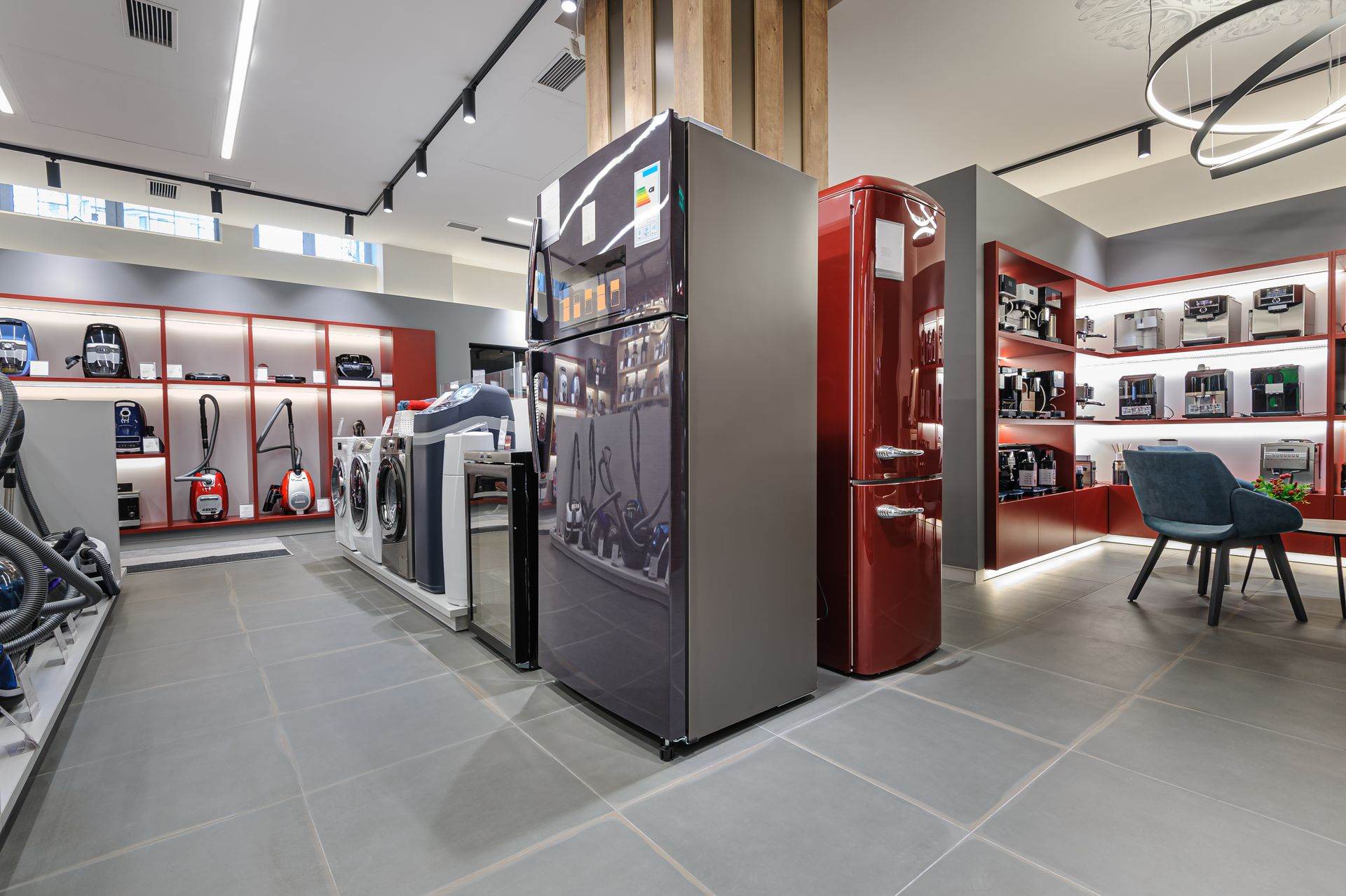
Implementing Layered Lighting in Commercial Spaces
Assess the space: Begin by evaluating the functional requirements and desired atmosphere of the space. Consider factors such as the type of activities taking place, user preferences, and any specific architectural features or focal points.
Plan your layers: Determine the appropriate combination of ambient, task, and accent lighting for your space, ensuring a balance between general illumination and focused light sources. Work with a lighting designer or experienced professional to explore all the options and recommendations for your specific space.
Choose the right fixtures: Select lighting fixtures that complement the design and aesthetic of the space while providing the necessary light output for each layer. Consider the maintenance requirements and cost of ownership, especially for large projects, and work with your client to budget accordingly.
Work with a lighting expert: Choose a lighting consultant or designer to help you plan your layers, select the best manufacturers as well as plan out power and maintenance requirements. Our team of seasoned lighting pros is here to help you choose from the millions of lighting options out there. We provide selection and specification support for large and small projects.
Integrate controls: Incorporate lighting controls, such as dimmers, sensors, and timers, to enable users to adjust light levels as needed and optimize energy efficiency. Consider implementing a lighting control system for retail and hospitality locations.
Test and refine: Once your layered lighting scheme is in place, evaluate its effectiveness and make any necessary adjustments to achieve the desired result. Using modern design software, a professional lighting designer can help you determine the lighting effectiveness in virtual reality, 3D or photorealistic renders to help you and your client to create the perfect lighting plan.

Image: Ovlo Eats Resturant lighting design featuring layered lighting over the dining and preparation areas. Lighting supplied by Brand Lighting. Design by Saladino Design Group
Examples of Layered Lighting in Commercial Spaces
Let’s explore how layered lighting has been successfully implemented in various commercial spaces, enhancing aesthetics, atmosphere, and brand identity.

Retail Stores
A well-lit retail space can encourage customers to explore and interact with products, ultimately driving sales. Layered lighting can be used to create visual interest and guide the customer journey. For example, ambient lighting can set the overall mood, while accent lighting can draw attention to featured products or displays. Task lighting, on the other hand, can be employed in dressing rooms or cashier areas to facilitate a comfortable shopping experience.
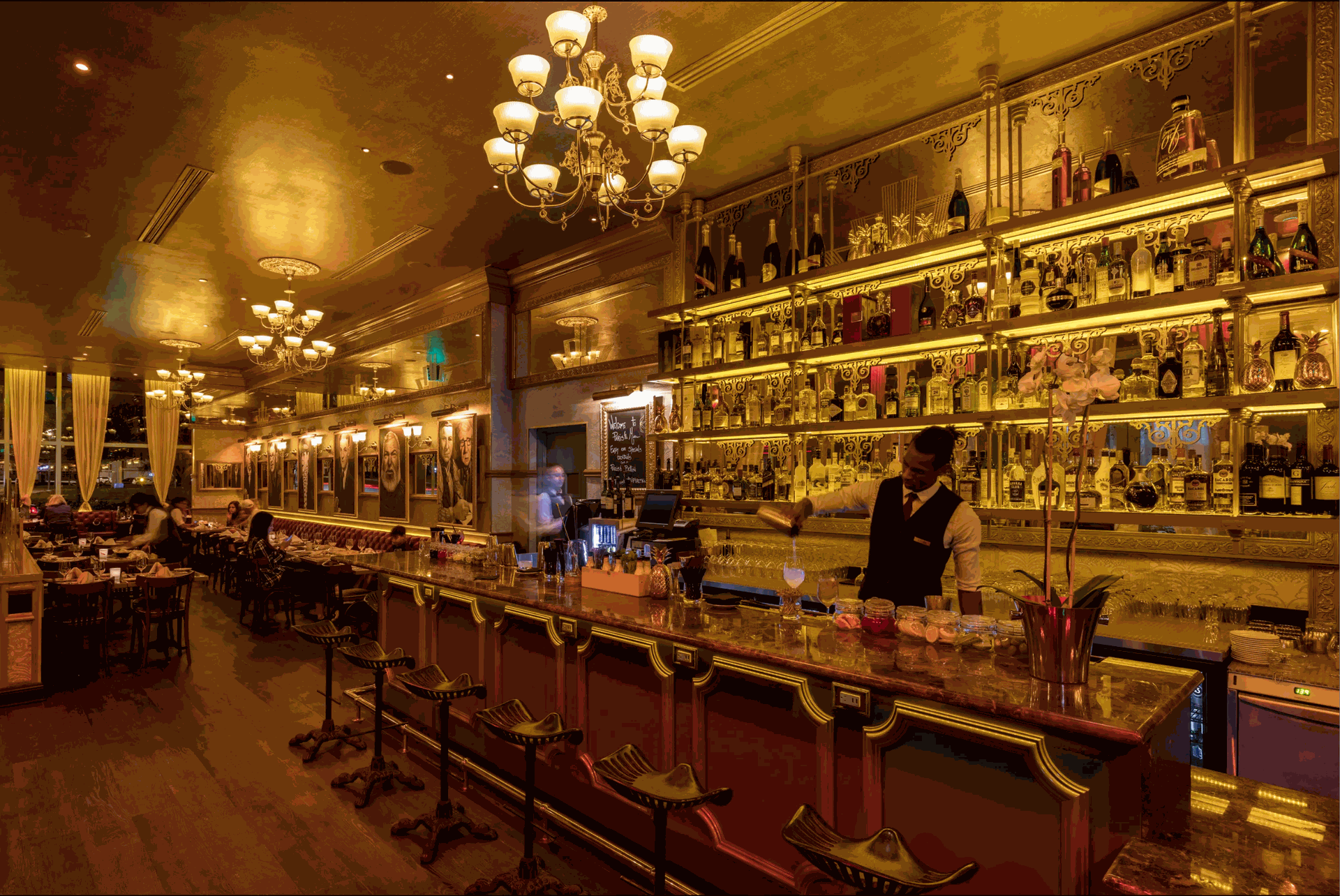
Image: Paris 6 Restaurant in Miami illustrating the use of layered lighting in a classical bar and restaurant. The overhead recessed provides overall illumination while the chandeliers, wall lights and table lighting adds to the unique aesthetic for this location. Lighting supplied by Brand Lighting. Design by Saladino Design Group
Restaurants and Bars
In dining establishments, layered lighting can contribute to creating a warm and inviting atmosphere that encourages patrons to linger and enjoy their meals. Ambient lighting can set the overall mood, while task lighting ensures that tables are well-lit for dining. Accent lighting can be used to highlight architectural features, artwork, or bar displays, adding depth and character to the space.
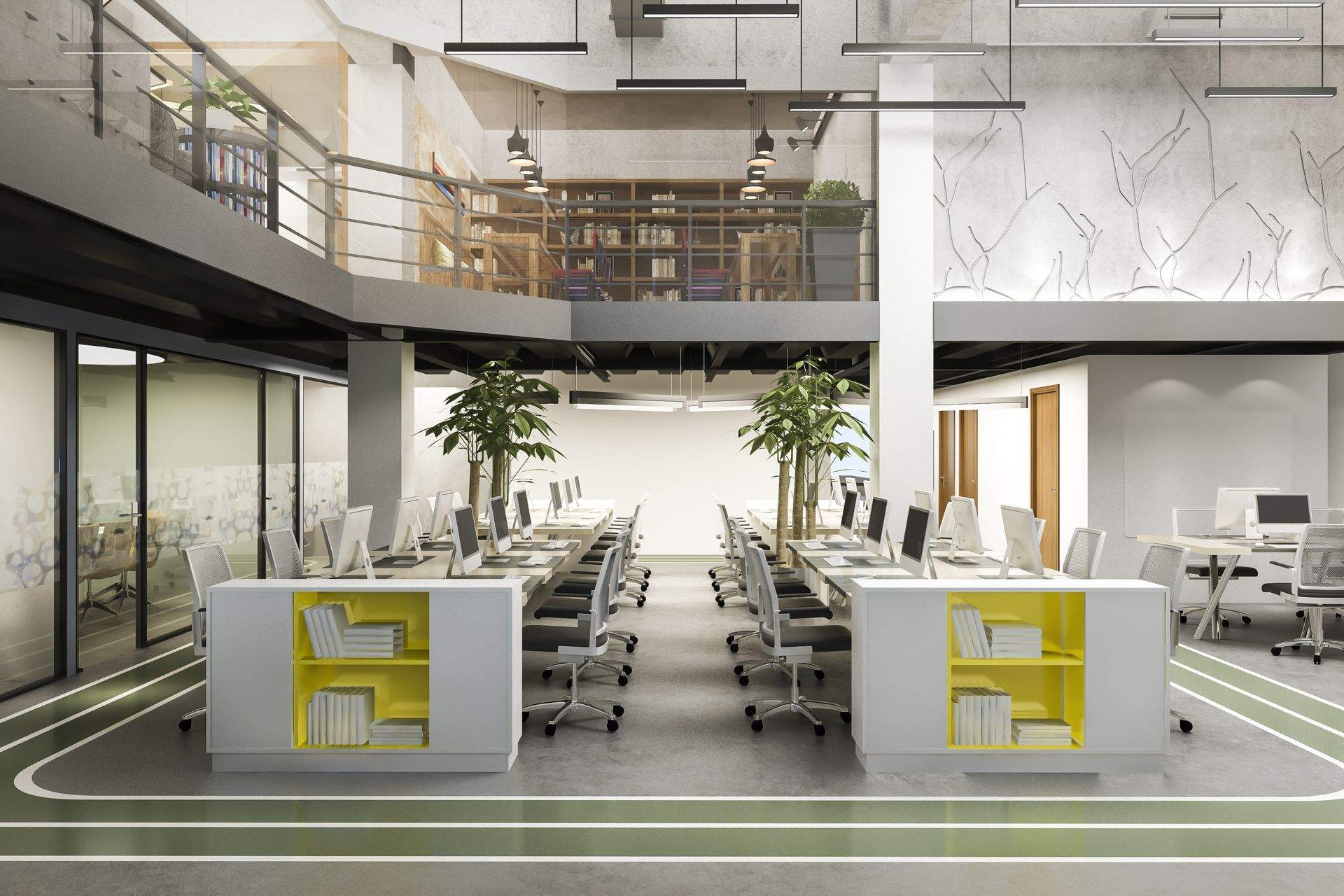
Office Spaces
In office environments, layered lighting can contribute to employee comfort, productivity, and well-being. Ambient lighting ensures that the workspace is adequately lit, while task lighting provides focused illumination for individual workstations, minimizing eye strain and fatigue. Accent lighting can be used to emphasize branding elements, artwork, or other points of interest, contributing to a positive workplace atmosphere.
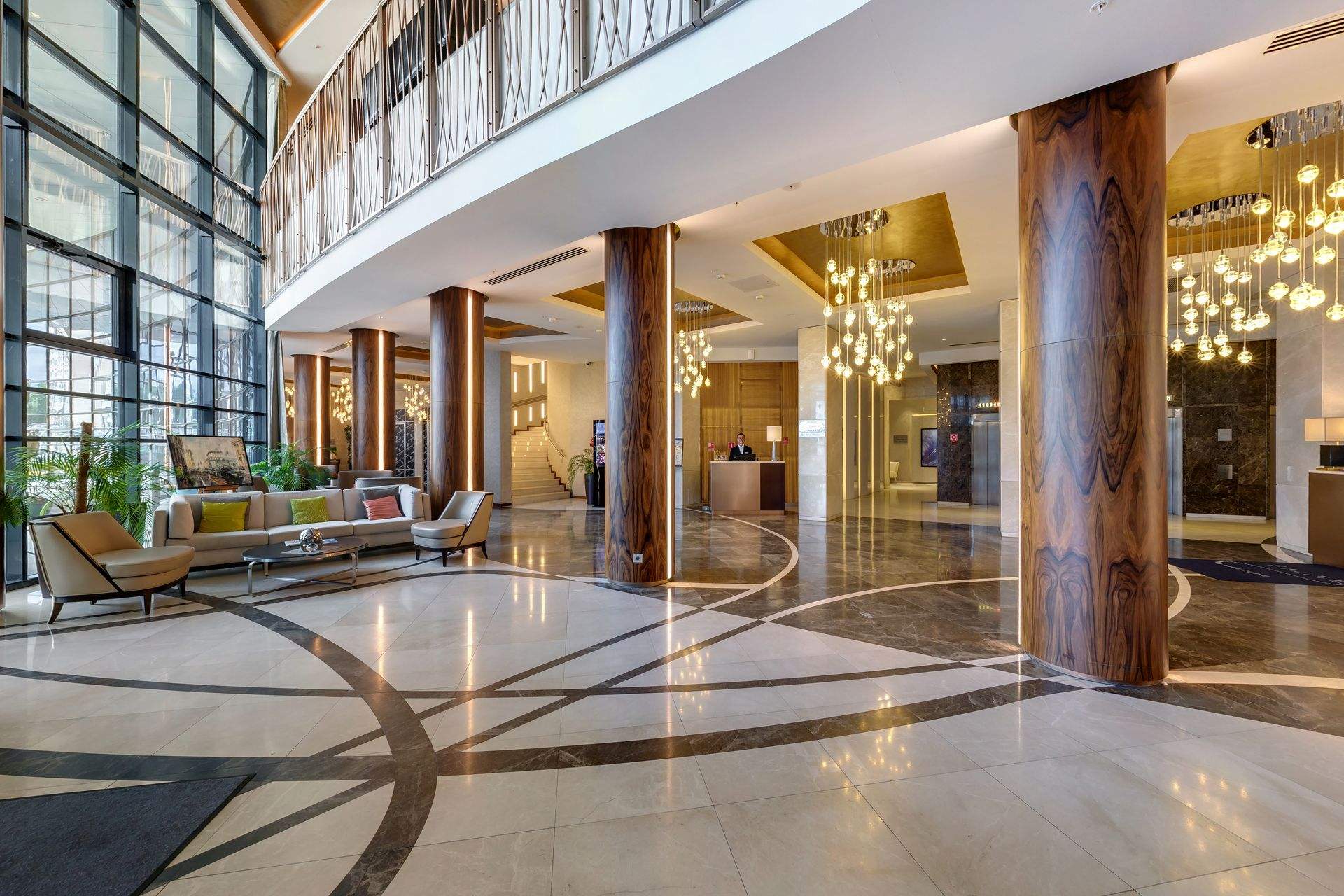
Hotels and Hospitality
Layered lighting can enhance the guest experience in hotels, creating a welcoming and comfortable environment. In guest rooms, ambient lighting can provide general illumination, while task lighting can be used for reading or working at a desk. Accent lighting can be employed to highlight artwork or architectural features, adding depth and sophistication to the space. In public areas, such as lobbies and lounges, layered lighting can create a dynamic and inviting atmosphere that encourages guests to relax and socialize.
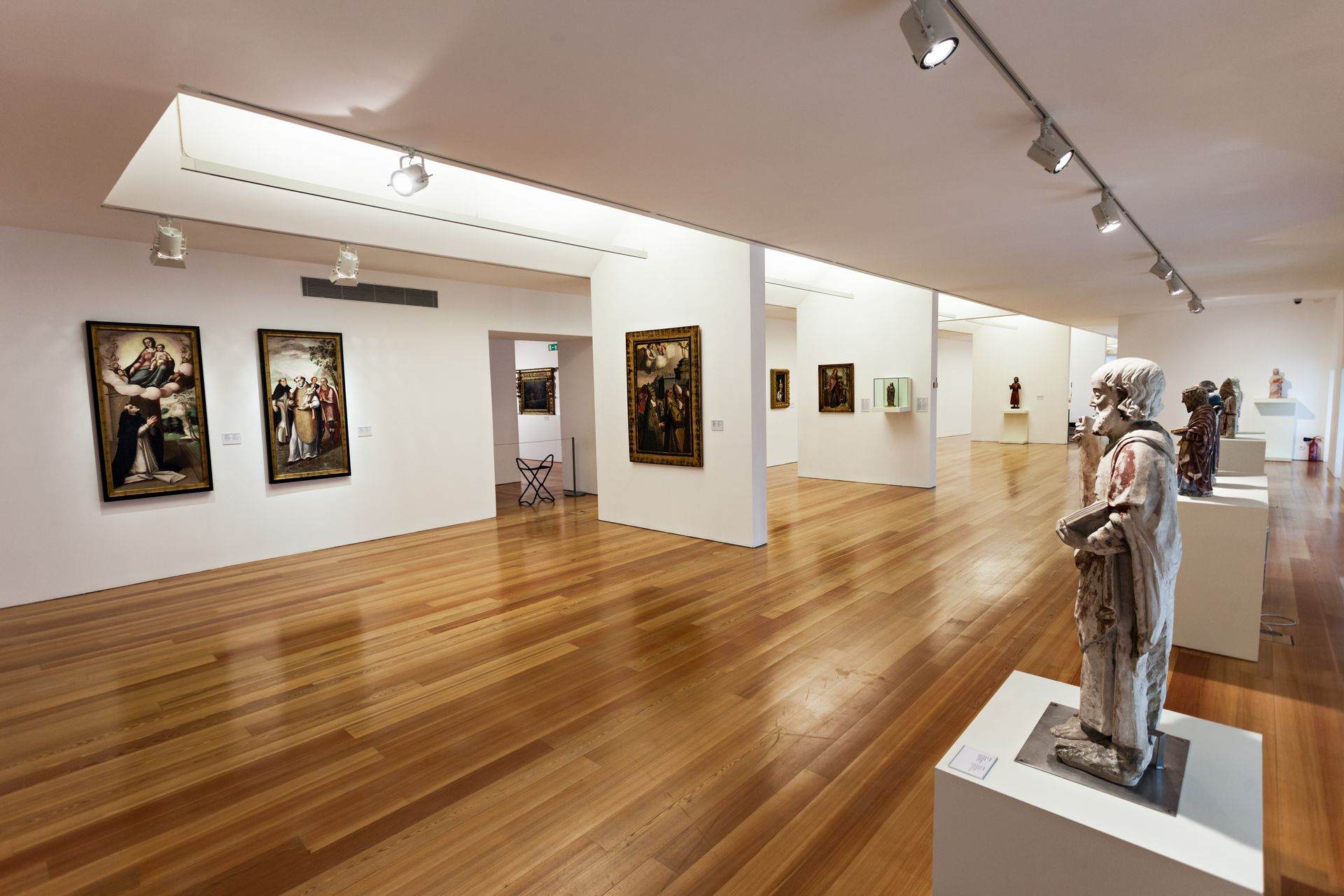
Galleries and Museums
In these spaces, lighting plays a crucial role in showcasing artwork and exhibits. Layered lighting can be used to provide general illumination while accent lighting highlights individual pieces or displays. Task lighting can be employed in interactive exhibits or reading areas, ensuring that visitors have a comfortable and engaging experience.
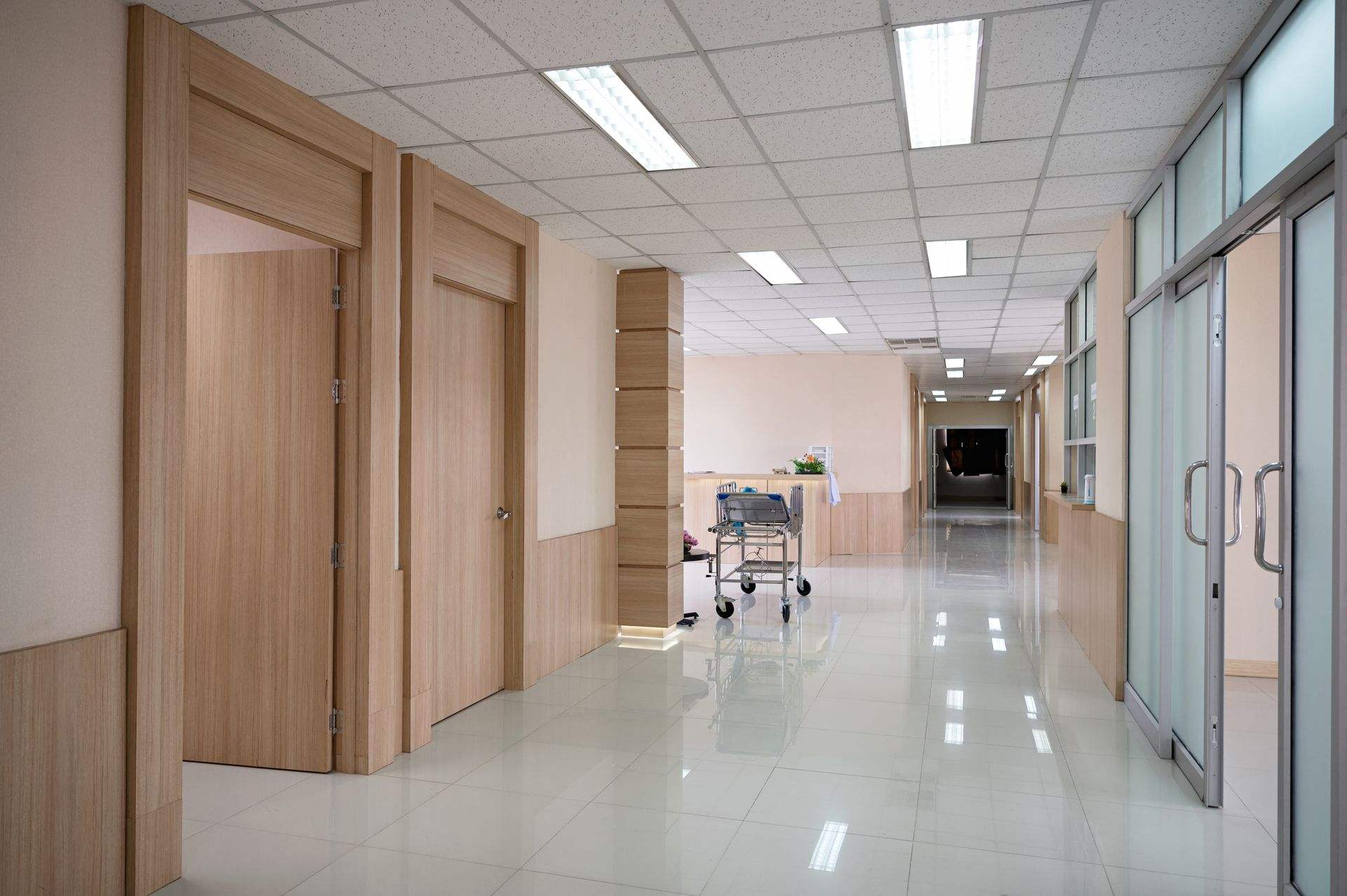
Healthcare Facilities
In hospitals and clinics, layered lighting can contribute to a calming and reassuring environment for patients and staff alike. Ambient lighting can provide general illumination, while task lighting can be used in examination rooms, treatment areas, or nursing stations. Accent lighting can be employed to create visual interest and contribute to a positive atmosphere.
Conclusion
Layered lighting is a powerful tool for design professionals, allowing them to create visually appealing and functional commercial spaces that cater to the diverse needs of users. By understanding the fundamentals of layered lighting and implementing this approach with care and consideration, designers can elevate the aesthetics, atmosphere, and overall user experience of any commercial space.

